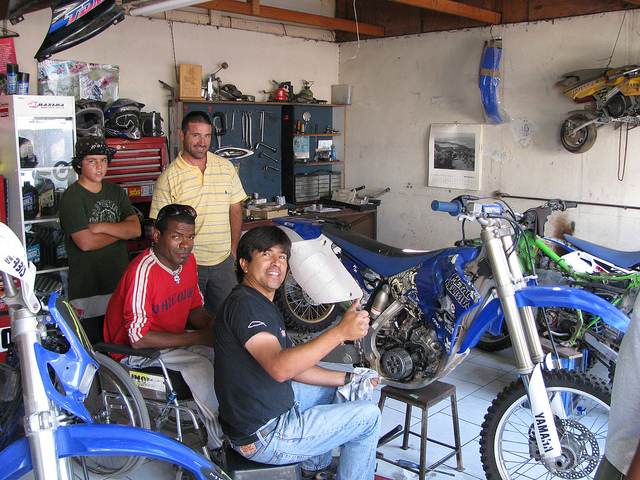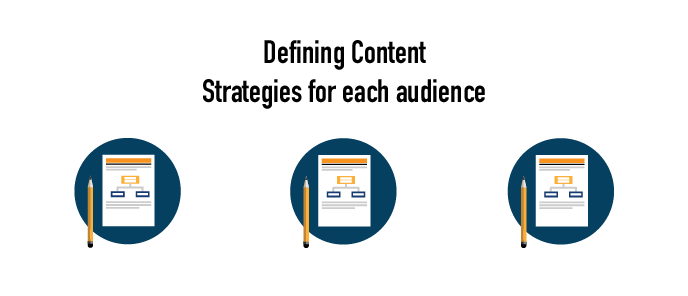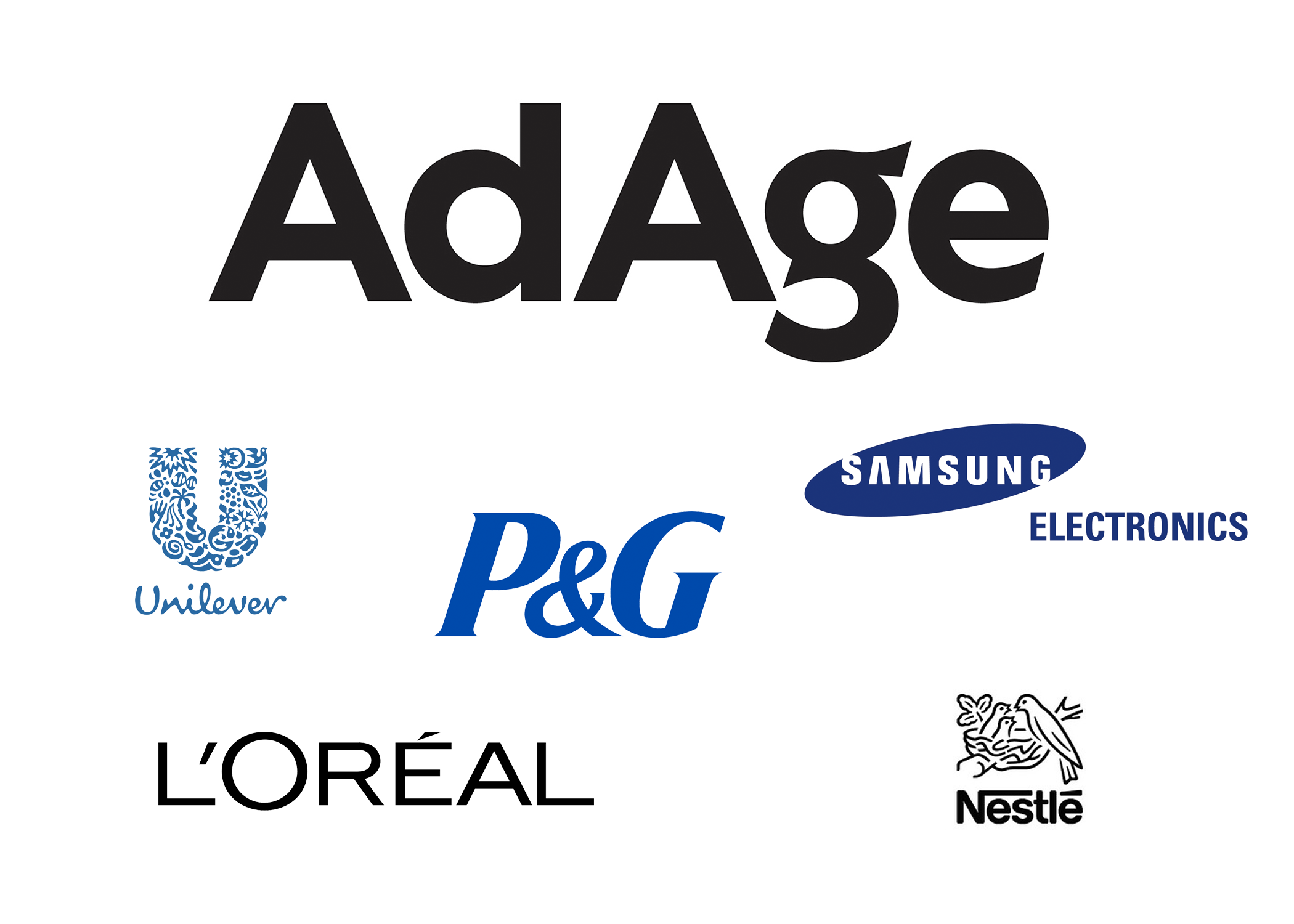The following post is a repost from an article that I published a couple of years back on a closed facebook group that focuses on promoting excellence in the construction industry. I thought it would be a good idea to share the same information here for all to see. Enjoy!
————————————————–
I would like to share some perspectives that I have regarding the role social media plays in the construction / industrial world. As an introduction, I am currently a member of the ebusiness team at Caterpillar Inc. My specific role is the social media strategist, which means that I am responsible for establishing the direction and tactics that Caterpillar and Cat Dealers may use to most effectively benefit from social networking.
For the sake of this message, I am going to focus on several points that should have a strong correlation for anyone in the industry who owns a business, wants to extend their network of professional connections or just wants to understand why everyone keeps talking about social media.
To keep things simple, lets first recognize that there is no magic in social media. At the most basic form, social media is strictly a form of communication. The only difference is that the conversation sticks around longer and many people may see and interact with that conversation.
So why does it matter? What can someone in the construction industry do with social media? Construction is about prepping, digging, trenching, compacting, building. Social media does not play a role in this space. Right?
I ask these rhetorical questions while specifically avoiding the most important function a business must manage. That function is “Relationships”.
As a business owner or a skilled laborer, the way you are brought into consideration for work is by being connected to the right people at the right time. Of course, a lot of this has to do with relationships you may have from school mates, church or your community. Social media brings additional opportunities to extend your network and demonstrate why people should work with you.
At a high level, I try to focus on activities around Perception, Network, and Interaction.
In regards to perception, be sure to consider how someone else may view content that you post or repost. A general rule of thumb in this space is the following question: “Would you want your mother to see this? “ Regardless if you are managing a facebook page for your business or your own personal profile, the items you post are digital records of how you act. Be smart because you never know when someone may go to your accounts to see what types of things you say and do.
From a network perspective, be sure to connect with the right decision makers and influencers, similarly to the way you might try in your personal interactions. Being connected is a great way to remain top-of-mind of the people you care about. I highly recommend leveraging professional networking tools such as LinkedIn to assist with making these types of connections.
Lastly, Interact. It is important to have an active digital presence. Again, a primary reason for this is so you may remain top-of-mind. Consider what you want to represent and think of ways to continually and consistently talk about these things that matter to you and demonstrate your values.
Every day/month/year, digital activities and social media are reshaping the ways we connect. There are certain people who are connecting the dots and seeing the value resonating in job opportunities, perceived / understood value, and beneficial relationships. I’m not saying that leveraging social media in a serious way is completely simple, but it is rewarding and I recommend putting yourself out there.
Thanks for your time. Feel free to connect with me. Good luck moving the world forward.

I went out to Wikipedia, and I searched for “Community”. Here is the statement I found: “Community usually refers to a social unit larger than a household that shares common values and has social cohesion”. Wow. Communities sound so warm and cozy. This makes sense. Communities are comfortable places where people are able to get together, and discuss topics that they have passion about. If you have ever stumbled over a automotive repair forum, you know what I’m talking about. Digital kudos and friendly elbow jabs are being handed out just like it’s a bunch of guys hanging out, shooting the breeze in a workshop. Cozy.
Making sense and being involved in these types of communities must be a top priority. When I put myself in the shoes of a specific customer segment, I start hitting google and begin identifying the hotbeds of activity in that space. This is not always easy, because the search should not be limited to a specific platform or technology. Enter this activity with an open mind. With very niche markets and industries, the search may be difficult and provide limited or fragmented / spread community results.
If you are finding that the industry you are researching has a weak community across the forum world, social networks and blogs, you just found opportunity! I consider this to be especially true if you manage a brand that sits directly in the industry.
Going back to the concept of what a “Community” is, there are many parallels that can be made between physical / locational communities and online digital communities. It can be recognized that for a community to truly form and mature, structure and commitment must be dedicated. In many cases, digital communities become structured by a few dedicated people who provide focus and direction to the conversation, attitude and tone of the messages. Just think, you have the opportunity to build the structure, network and thought leadership that can be the force in your industry. So, while you may have found opportunity, be ready to dedicate the right level of time or resources to ensure success.
Photo Credit: danielpgauer








